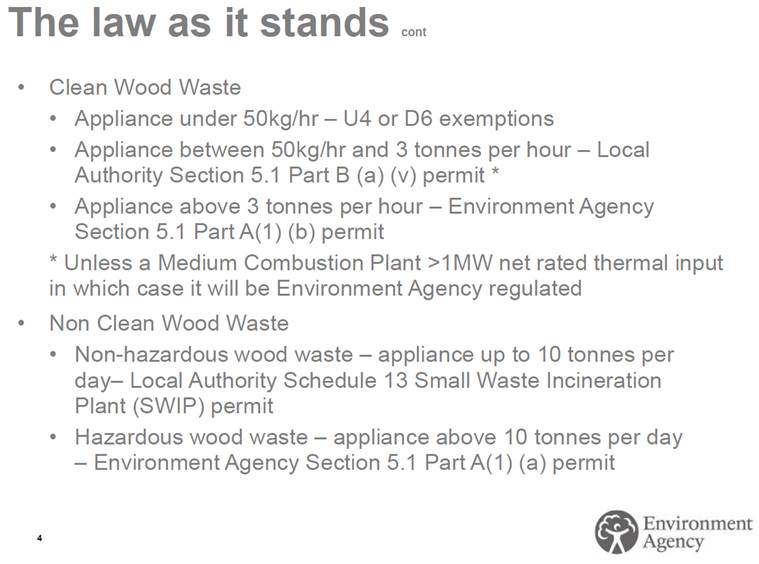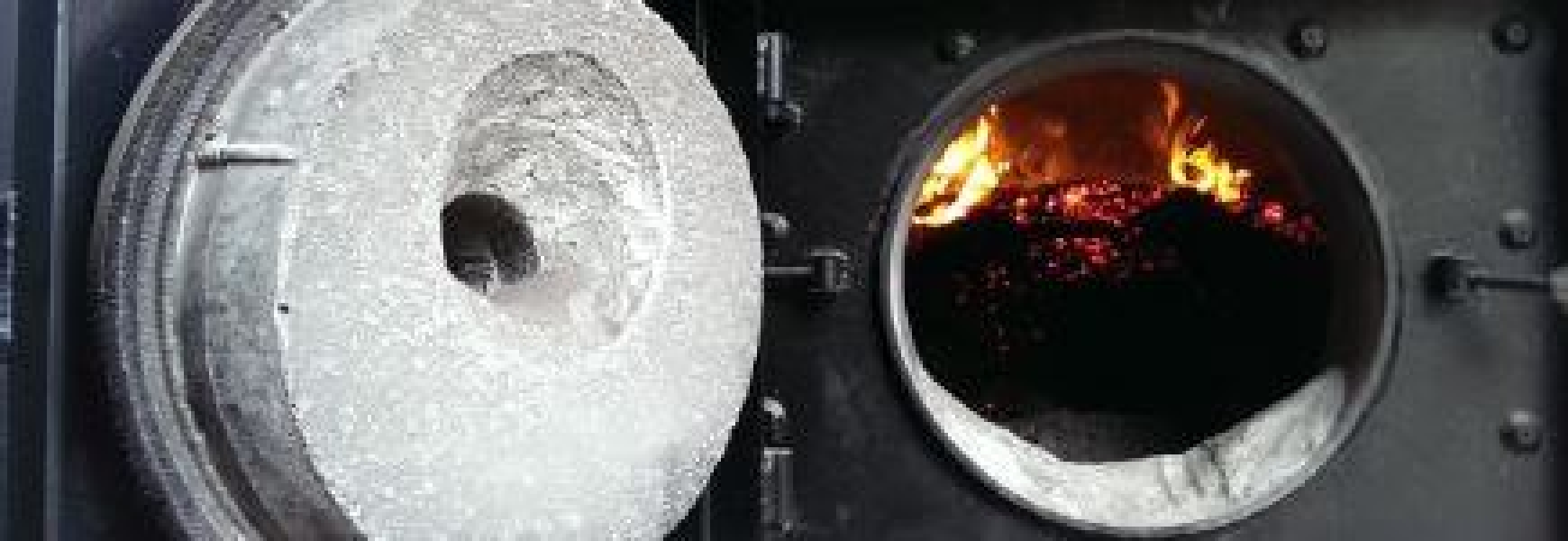One of the more debated topics at this year’s Wood Heat Association (WHA) Conference was the use of waste wood, along with the requirements to remain legal and Renewable Heat Incentive (RHI) compliant. There have been an estimated 250,000 tonnes used in RHI accredited systems in the last 12 months with this value planned to increase steeply this year. In fact, in the UK we produce up to an estimated seven million tonnes of waste wood per year. The majority of this waste wood is currently exported to other countries, such as Belgium and Switzerland, where it is burnt for energy production, so the potential for us to increase the amount of waste wood we burn is huge.
Clean waste wood (sometimes called Grade A material) is subject to fewer restrictions and users with RHI accredited systems will need to make sure their waste wood derived fuel is listed on their emissions certificate to meet RHI air quality requirements. It is a burden of proof on the user to demonstrate that the fuel which they burn is clean, non-hazardous material, and they have the appropriate local authority or environment agency exemptions in place. For users of larger plants, an exemption will not be enough and a Part B permit will be required.
However, if we want to burn other waste wood, we must ensure that:
- We comply with air quality requirements for RHI (if using an RHI boiler)
- Any boiler fuelled by non-clean waste wood must comply with the Industrial Emissions Directive (IED), particularly Chapter IV which deals with the combustion of wastes
Dave Bass from the Environment Agency (EA) clarified the position with the following slide in his presentation to the WHA Conference…
Dave went on further to say that clarifying documentation of clean waste woods was in progress to help potential users identify what type of material they have and how they should be handling it. This new guidance will be contained in an update of guidance note PG1/12 (13) due to be released at the end of this month. There will be further new guidance for contaminated waste wood developed in 2018, but there is no firm release date as yet.
If you have/or need a Part B permit, it is important that you adhere to the requirements of the permit, some of the more important aspects are:
- To carry out annual emissions testing
- To keep on top of good maintenance and carry out any preventative maintenance as required
- To have sufficient appropriate waste acceptance procedures
- To have sufficient training in handling and operation
These are significantly less onerous than required by a SWIP permit which, alongside the 4 requirements above, will also need to be in place to burn material classified as non-clean or hazardous. Under this permit, your combustion appliance (boiler) will need to have continuous emissions monitoring equipment, which has relevant MCERT accreditation as well as quote… “The boiler is designed, equipped and operated in such a way that the gas resulting from the incineration of waste is raised, after the last injection of combustion air, in a controlled and homogeneous fashion and even under the most unfavourable conditions. To a temperature of at least 850°C for at least 2 seconds.”
If you wish to clarify the position in respect of the fuel being used for your boiler, your requirements for a permit or indeed any aspect of your RHI accreditation please give us a call on 024 7669 8887.


